
Dall‘aula all’ambiente di apprendimento ... e oltre
Samuele Borri,
Leonardo Tosi,
Indire
(a cura di)
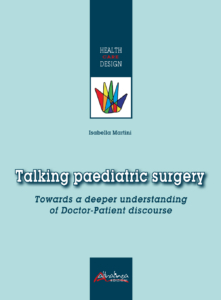
Health Care Design – Il progetto dell’umanizzazione / 05
Il volume raccoglie gli esiti di una pluriennale ricerca sul tema della efficacia della comunicazione fra Medico e Paziente (nello spcifico, in ambito pediatrico), dove per comunicazione non si intende la mera funzione verbale dell’interazione, ma tutti i livelli della prossemica, dal linguaggio del corpo, alla scelta dei termini, intonazione, ascolto, atteggiamento reciproco, nell’intenzione di fornire uno strumento utile al raggiungimento di una modalità ottimale ed efficiente nei colloqui durante le visite.
“As it is widely known, communication is not limited to a verbal interaction between two or more interlocutors; rather, it occurs at a multiplicity of levels, including proxemics, body language, and the characteristics of the space where communicative interactions occur. […] The purpose of the research is to ascertain if there exists a pattern to the paediatric surgical visit, if there are moments of the interaction when problematic points usually occur, and, if so, why they occur, how they are revealed, and if it would be possible to avoid them or, at least, to reduce their effects on the interaction itself. Therefore, an analysis of real interactions in a medical settings is performed in order to ascertain how information is exchanged between the surgeon and the parents, and to what extent the way the information is conveyed affects the interactions”. [from the Introduction by I. Martini].


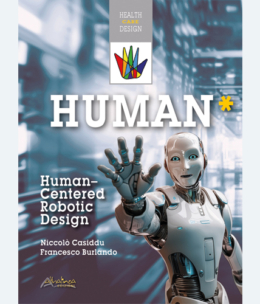

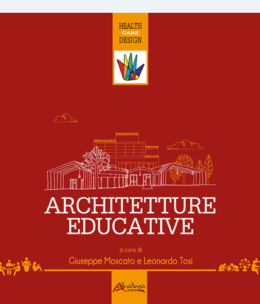

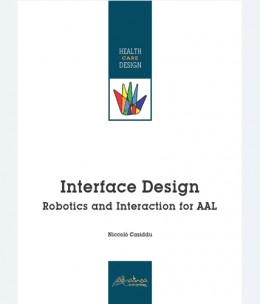
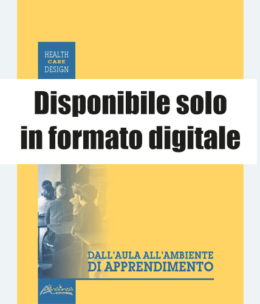
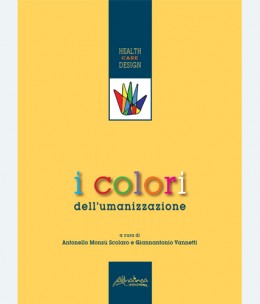

 Designing Futuring beyond the emergency scenario
Designing Futuring beyond the emergency scenario 